
July is a month characterized by warmth and vibrancy, and its birth flowers, the larkspur and the water lily, reflect this essence. Birth flowers serve as emblematic representations of specific traits and qualities attributed to individuals born in that month. The practice of assigning flowers to months dates back to ancient civilizations, where flowers were often used as symbols in various cultural contexts. This tradition has persisted over the years, allowing people to connect with their monthly flowers as a source of identity and meaning.
The larkspur, with its tall spikes of blossoms in a range of colors, is often associated with love, positivity, and joy. This flower epitomizes the cheerful disposition of July born individuals, encapsulating their sociable and dynamic nature. Each color variation of the larkspur imparts different meanings, such as purple larkspur signifying love and affection, while the white variety may symbolize a sense of purity. In many cultures, the larkspur has been celebrated for its beauty and has been incorporated into various traditions, from wedding bouquets to garden displays.
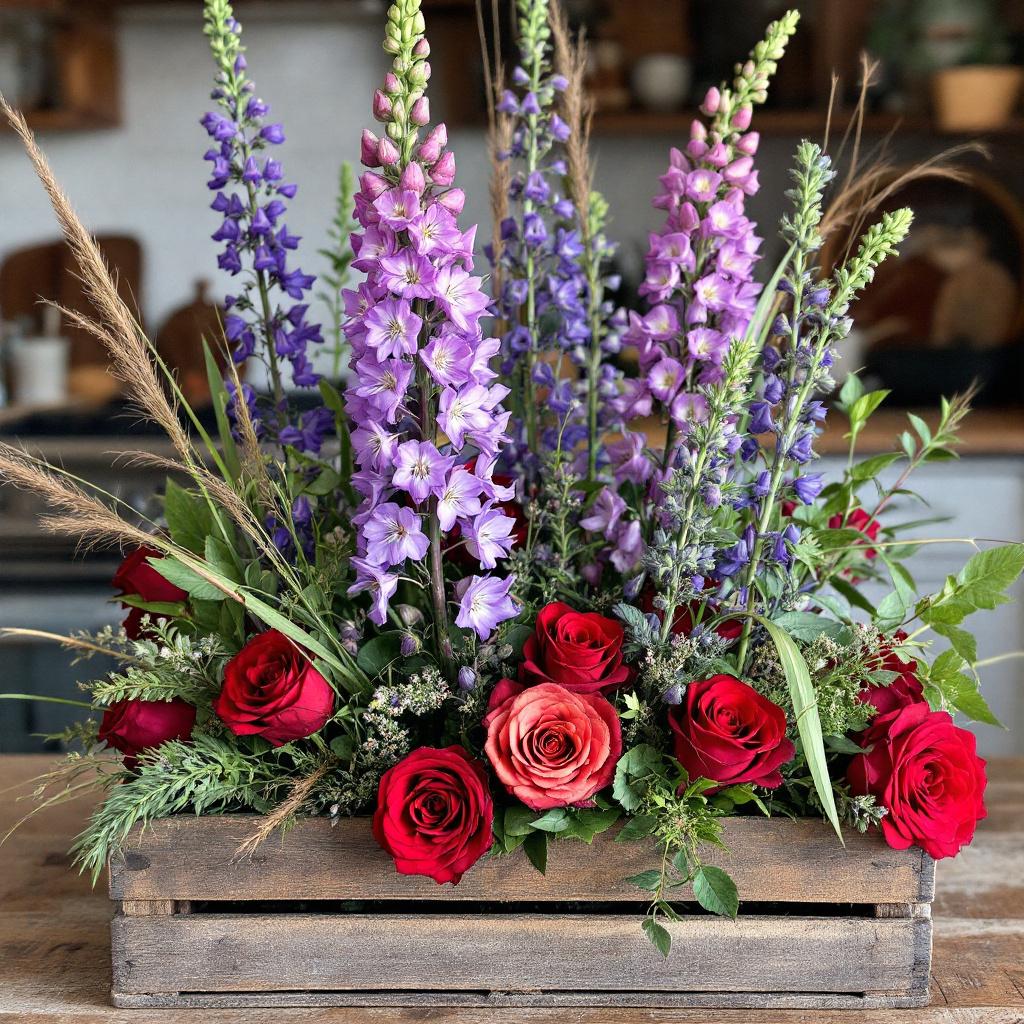
In contrast, the water lily represents a different dimension of symbolism, often interpreted as a sign of enlightenment and resilience. The water lily thrives in serene waters, embodying tranquility and calmness. This flower is symbolic of those born in July who possess a profound connection to their emotional depth and adaptability. Through its ability to bloom regardless of the water’s conditions, the water lily represents strength and perseverance, inviting individuals to reflect on the importance of inner peace amidst life’s challenges.
Together, the larkspur and water lily provide a rich tapestry of meanings and cultural relevance that characterize the month of July. As we delve deeper into the symbolism and historical contexts of each flower, we can better appreciate the essence they lend to those celebrated in this vibrant month.
Larkspur: Symbol of Positivity and Communication
Larkspur, commonly known as delphinium, is a striking flower appreciated for its tall, elegant spikes of blossoms that gracefully enhance the beauty of any garden or floral arrangement. Characterized by its vivid colors, larkspur comes in various shades, including blue, purple, white, and pink. These colors are not merely aesthetic but also contribute to the flower’s rich symbolism, reflecting positivity and encouraging open communication. The blue larkspur, in particular, is often associated with tranquility and calmness, while white varieties symbolize purity, making these flowers a profound representation of emotional expression.
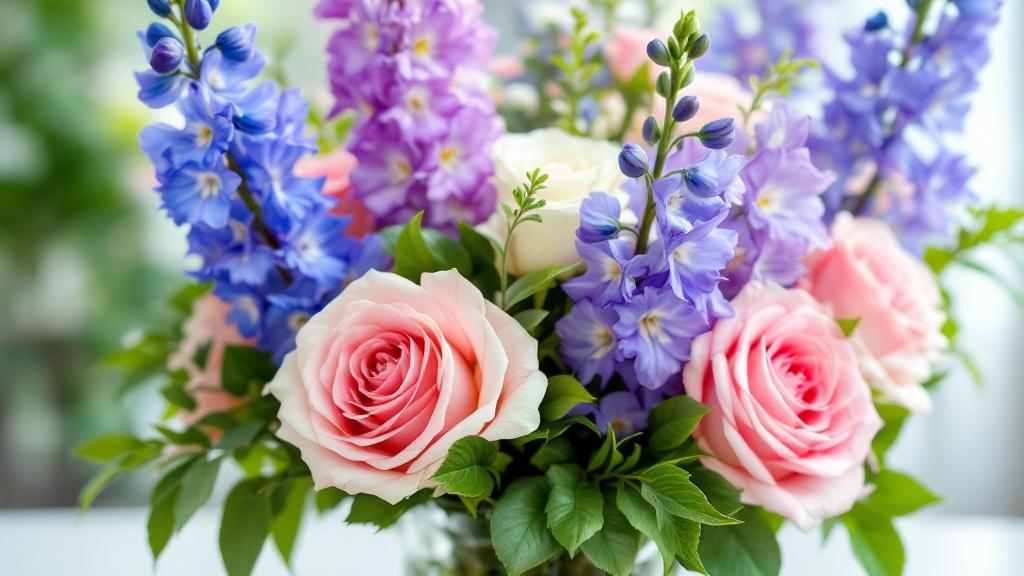
Historically, larkspur has held various meanings in different cultures. In ancient Greece, the flower was associated with the gods and was often used in ceremonial arrangements. The Victorians held the larkspur in high regard, using it to convey messages of joyful communication and love. Its language of flowers meant that it was often included in bouquets to express sentiments of positivity and connection between the giver and the recipient. The influences of these cultural references contribute to the significance of larkspur as more than just a decorative plant; it is also a conduit of feelings and thoughts.
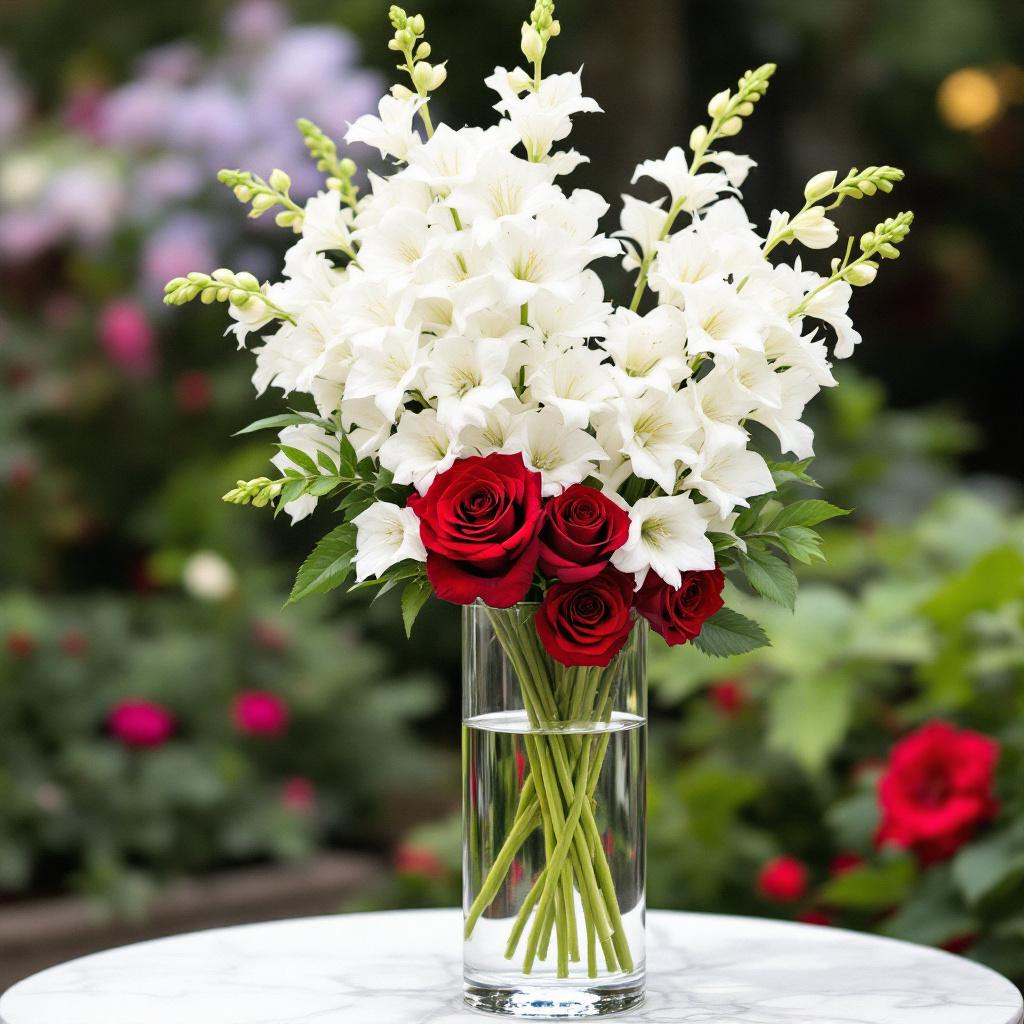
In modern times, larkspur is frequently seen in both home gardens and professional floral arrangements. Gardeners often plant larkspur to add vertical interest to their landscapes, as well as to attract pollinators like bees and butterflies. Furthermore, florists utilize larkspur in arrangements for celebrations and comforting occasions, emphasizing its role in promoting positivity and heartfelt communication. Overall, larkspur serves not only as a visual delight but also as a reminder of the importance of fostering open dialogue and positive interactions among individuals.
Water Lily: Emblems of Purity and Renewal
The water lily, renowned for its breathtaking elegance, holds a revered place within aquatic ecosystems. With its broad, floating leaves and stunning blossoms that emerge from the water’s depths, the water lily serves not only as a symbol of serenity but also as an essential component of its environment. Available in a range of colors, from pristine whites to vibrant pinks, these flowers are celebrated for their beauty and their significant role in promoting biodiversity.
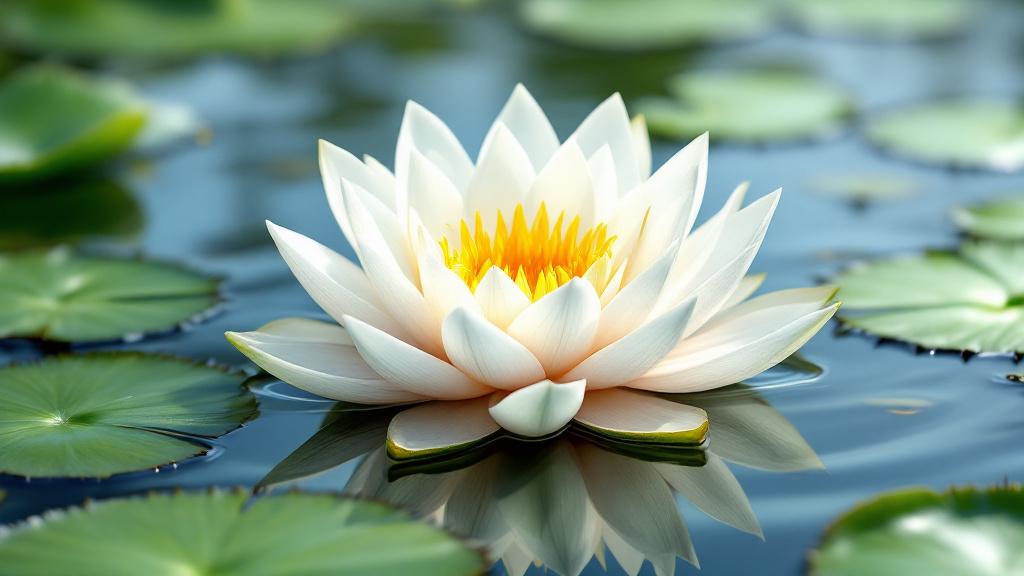
In many cultures, water lilies symbolize purity and renewal. Their ability to rise above murky waters, unfurling into stunning blossoms, speaks to themes of personal growth and transformation. In ancient Egyptian culture, for instance, the water lily was associated with the sun and rebirth, often depicted in art and mythology as a representation of the cycle of life. Similarly, in Asian cultures, the flower is often linked to spiritual enlightenment, with Buddhist teachings highlighting its rising from muddy waters as a metaphor for overcoming adversity. These cultural associations underscore the water lily’s esteemed position as an emblem of hope and joy.
Biologically, water lilies contribute to the aquatic environment in numerous ways. They provide shade and habitat for a variety of aquatic species, thus reinforcing biodiversity. Additionally, the presence of water lilies plays a crucial role in improving water quality. Their extensive root systems help stabilize sediment and reduce erosion, while their leaves filter pollutants and excess nutrients from the water. This purification process is important for maintaining healthy ecosystems, supporting both plant and animal life.
Art and literature have long captured the enchanting essence of water lilies. Iconic artists like Claude Monet famously immortalized their beauty in impressionist paintings, portraying tranquil scenes that evoke calmness and reflection. Such representations highlight the profound impact these flowers have had on human creativity, emphasizing how their natural allure continues to inspire artists and poets alike.
Celebrating July’s Birth Flowers: Cultivation and Meaning
To celebrate the beauty and significance of July’s birth flowers, larkspur and water lily, it is essential to understand their cultivation requirements and care practices. Larkspur, known for its vibrant blue, purple, and white hues, thrives in full sun and well-drained soil. This perennial plant prefers cooler climates, making late spring or early summer the ideal time for sowing seeds. Gardeners can start seeds indoors before transplanting them outside, where they should be spaced approximately 12 inches apart to ensure adequate air circulation. Regular watering is key, but care should be taken to avoid waterlogging, which can harm the plant.
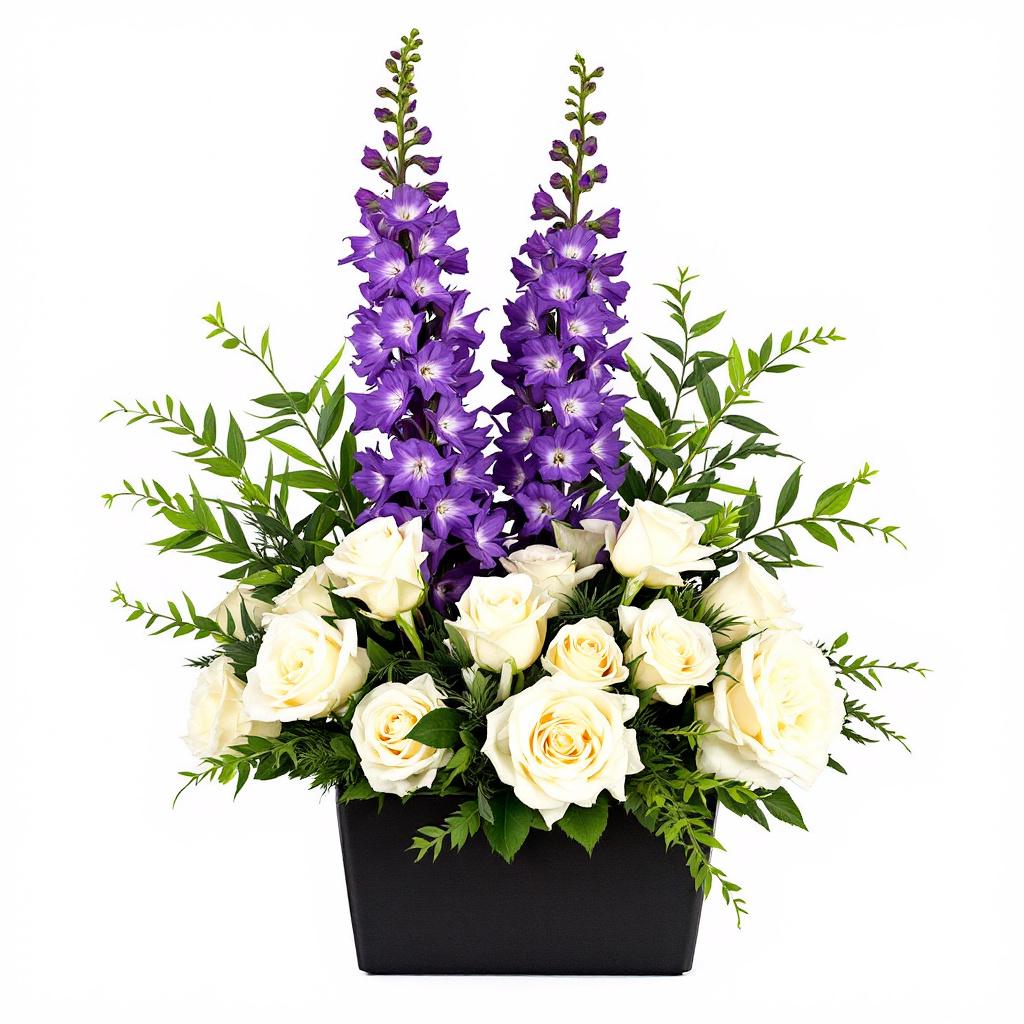
On the other hand, water lilies are aquatic beauties that require specific conditions to flourish. These stunning flowers grow best in ponds with full sunlight and still water. Suitable planting depth varies by species, ranging from 6 inches to 3 feet deep, and it is advisable to utilize aquatic pots filled with loamy soil. Fertilization should occur every few weeks during the growing season to encourage blooming. Observing water quality and maintaining a healthy ecosystem is vital, as these flowers often attract various aquatic life.
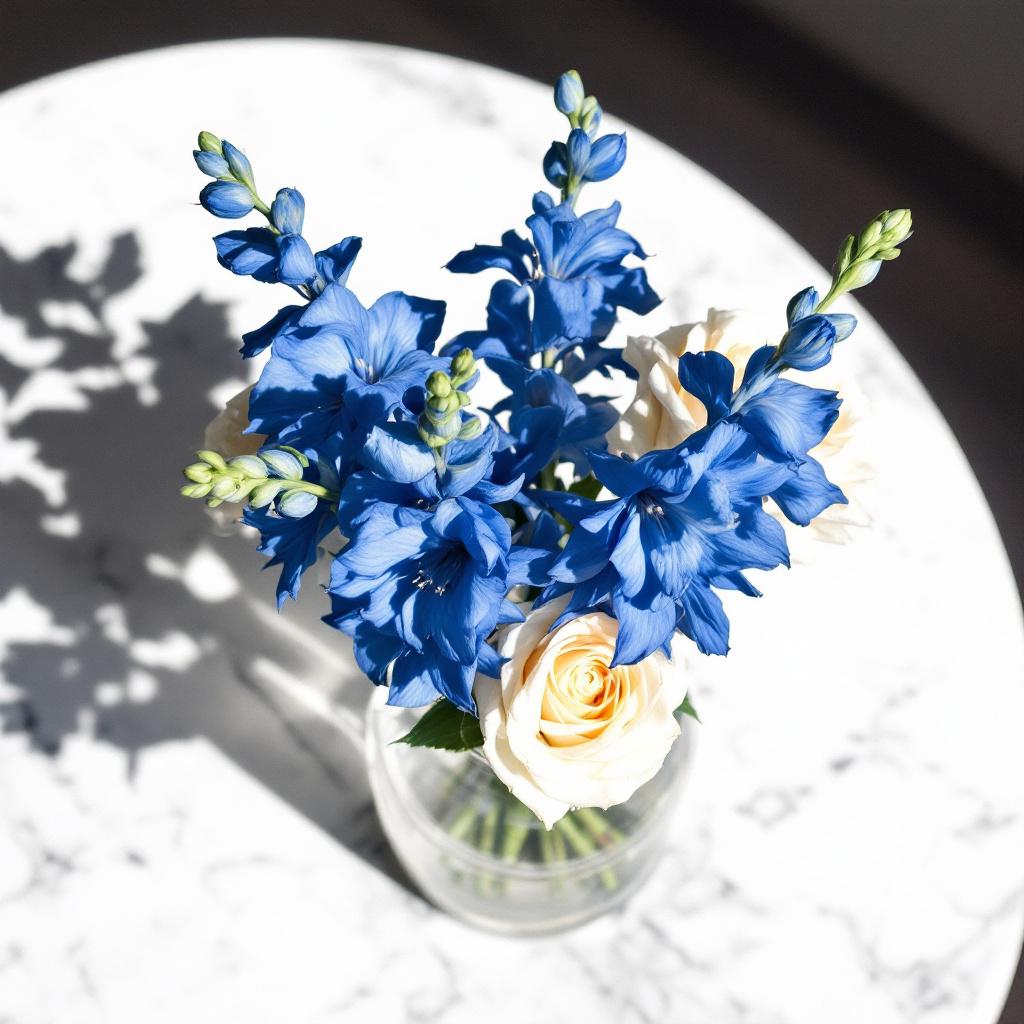
In addition to their cultivation, larkspur and water lilies can make thoughtful gifts that convey deep sentiments. Arranging larkspur in bouquets can symbolize positivity and love, while incorporating water lilies into a decorative centerpiece evokes tranquility and grace. Celebrations such as birthdays or anniversaries can be beautifully enhanced by utilizing these flowers in decorations or as part of personalized gifts. Ultimately, integrating both larkspur and water lilies into one’s garden not only commemorates July and its birth flowers but also fosters meaningful connections, making them cherished elements of July festivities.
